The Benefits of Raised Garden Bed Gardening
Choosing what type of garden bed to build is tough, but I believe raised garden bed gardening is superior to other options for the average backyard gardener.
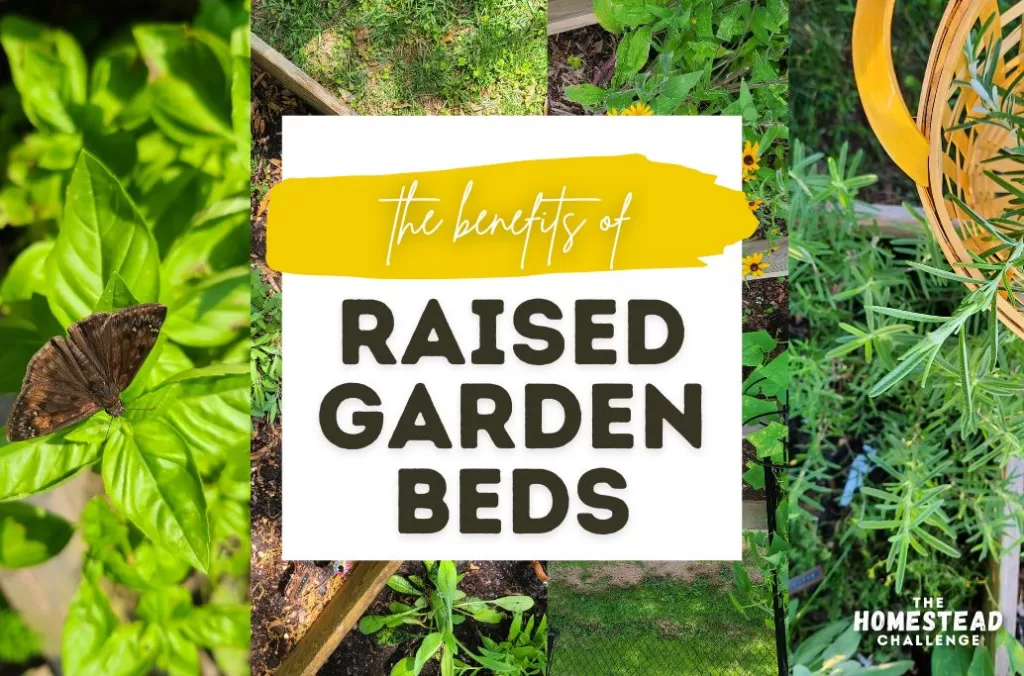
Raised bed gardening is a great way for both experienced and beginner gardeners to grow their own food and enjoy the benefits of a thriving vegetable garden. With raised bed gardens, the soil is higher than the surrounding soil, which allows for several important benefits.
Benefits of Raised Garden Bed Gardening
1) Soil Quality
3) Flexibility in Plant Selection
6) Aesthetics
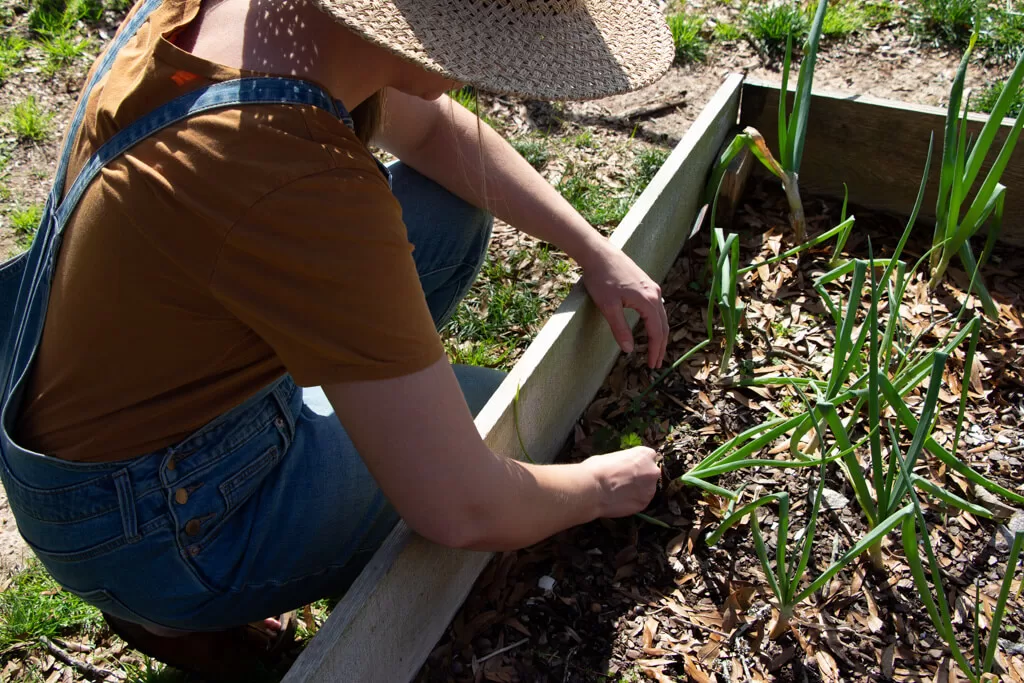
What is a Raised Garden Bed?
A raised garden bed is a type of garden in which the soil and plants are contained and elevated from the surrounding soil. These beds are typically made from wood, stone, or other materials and are filled with soil, compost, and other organic materials in order to grow food or plants.
The Benefits of Raised Garden Bed Gardening
Soil Quality
One of the biggest benefits of raised garden beds is the ability to choose your own soil quality. You have the option to mix in organic matter, such as compost, to the native soil for better plant growth.
The soil in raised beds is not compacted like in-ground gardens, allowing for better root growth and less soil erosion from heavy rains.

Why is the soil quality so important?
Dirt is not one size fits all! Good soil quality provides plants with the necessary nutrients to grow strong roots and produce healthy leaves, flowers, and fruits. Soil that is rich in organic matter and biodiversity provides a supportive environment for beneficial microorganisms and bugs, which can help to regulate the soil’s nutrient levels and even protects against disease.
Poor soil quality, on the other hand, can lead to stunted growth, disease, and lower crop yields. Ensuring that soil quality is maintained and improved is essential for sustainable agriculture and for supporting healthy ecosystems.
Typical Raised Garden Bed Fill Options:
- Garden Soil: The base “dirt”
- Compost: Nutrient rich material
- Peat Moss: A potting mix that helps with drainage
- Vermiculite: Kind of like little rocks, aerates the soil. Good to balance thick, heavy clay
- Manure: You know what it is. But it can help fertilize. Just be careful of the right source so you don’t accidentally add harmful bacterial to your soil
- Sand: A good addition when you need a lot of drainage
The type of fill depends on your climate and what you plan to plant. Different plants require different soil types, and raised beds allow you to tailor the soil to meet the specific needs of your plants.
My cedar raised garden bed (pictured below) is mixed with high quality organic garden soil, mushroom compost, and compost from my at-home compost tumbler. I lined the bottom with landscape fabric I had on hand. If I didn’t already own that, I would have used two layers of cardboard boxes underneath.

Raised garden beds allow for better drainage, preventing water from becoming stagnant and promoting healthy plant growth. By elevating the soil and controlling the soil mixture, raised beds can prevent waterlogging and provide proper drainage. Good drainage in raised beds also helps prevent root rot, a common problem in traditional in-ground gardens.
Weed Reduction
Another advantage of raised beds is fewer weeds.
Raised garden beds reduce weed growth in several ways:
- Raised garden beds are higher up, making it more difficult for weed seeds to reach the soil and germinate.
- The soil in a raised garden bed is often more fertile than the surrounding soil, so plants in the bed grow stronger and more vigorously, making it harder for weeds to compete.
- If you make your raised bed with resistant wood or stone, it can help keep the weeds away.
Tips for further reducing weed growth in raised garden beds:
- Use weed-blocking fabric, cardboard, or landscape cloth to cover the bottom of the raised garden bed before adding soil.
- Use mulch, such as straw or leaves, to cover the soil surface in the bed around your plants to prevent weed growth.
- Regularly hand-pull any weeds that do grow in the bed (I am bad at this, but luckily, there actually aren’t that many!).
- If you do want to kill the weeds, pick an organic weed killer, such as vinegar or boiling water, to kill weeds without using harmful chemicals.
Advantages of reduced weed growth in a garden
- Increased efficiency: fewer weeds means less time spent on weed control, allowing you to focus on caring for your plants.
- Increased yields: less competition from weeds means your plants will have more resources available to them, leading to improved growth and higher yields.
- Better use of resources: by reducing the number of weeds, you’ll also reduce the need for chemical herbicides and other resources that are used to control weeds.
- Improved soil quality: reducing weed growth can also help to improve soil quality, as weeds can deplete soil nutrients and increase soil erosion.

Flexibility in Plant Selection
Raised garden beds offer greater flexibility in plant selection because they allow gardeners to:
- Tailor custom soil blends to the specific needs of your plants.
- Raised garden beds can create microclimates that are more conducive to the growth of certain plants. This allows you to grow plants that might not be well-suited to the local climate in your area.
Different soil types and their benefits for specific plants:
- Sandy soil: This type of soil drains well and is ideal for plants that need good drainage, such as succulents and cacti.
- Clay soil: This type of soil retains moisture well, making it ideal for plants that need consistent moisture, such as tomatoes and cucumbers.
- Loamy soil (aka regular, good soil): This is a well-balanced soil that is rich in organic matter and has good moisture retention and drainage. It is ideal for most types of plants.
- Peat moss soil: This soil is rich in organic matter and is ideal for plants that prefer acidic soils, such as blueberries and rhododendrons.
Did you know that you can grow flowers in raised garden beds, too? They are not just for vegetables and herbs. I am not a flower expert, for that I turn to Jamie at The Green Garden Cottage. Read her Beginner’s Guide To Flower Gardening to learn how to incorporate flowers into your space.
Accessibility for Gardeners with Limited Mobility or Space
For those with limited mobility or space, raised beds can be a good option. You can make your garden bed any size you want and can even make it as high as you want based on your needs. Raised garden beds eliminate the need to bend down to the ground or walk on uneven terrain.
Raised garden beds are often long and narrow, so it is easier to reach the plants from all sides. Additionally, raised garden beds can be designed to be wheelchair accessible, allowing gardeners with limited mobility to participate in gardening activities.

Aesthetics of Raised Garden Beds
My favorite part about raised garden beds… they look good! Sure, my dream is to have a full on cottage garden one day. But I live in a rental. For my situation, a raised bed is the best option for making my little oasis look a little bit nicer, while giving me the flexibility to remove it when I leave.
Raised garden beds can offer a variety of aesthetic benefits. including:
- Clean lines and defined borders: Raised garden beds have clean lines and defined borders, which can create a sense of order and structure in your garden. Popular materials include wood, stone, or metal. They can be painted or stained to match the aesthetic of your home or garden.
- Variety of styles and shapes: Raised garden beds come variety of styles and shapes, from simple rectangular beds to more complex, curving designs. This allows you to choose a design that fits your style and complements your garden.
- Versatility: You can grow a variety of plants in raised beds, from flowers and vegetables to herbs and shrubs. This versatility allows you to create a garden that is tailored to your individual needs and preferences.
- Vertical gardening: Incorporate vertical gardening elements, such as trellises and stakes, to add height and dimension to your garden. This can help create an aesthetically pleasing and dynamic space.
- Enhancing focal points: Make your raised bed a focal point in your garden, attracting the eye and drawing attention to specific areas. This can help create a sense of hierarchy and balance in your garden.
Since mine is not permanent, I went for cedar! If you are looking for something a bit more charming and permanent, try a Raised Garden Bed with Rocks! It is a beautiful way to level-up the look of a raised bed!

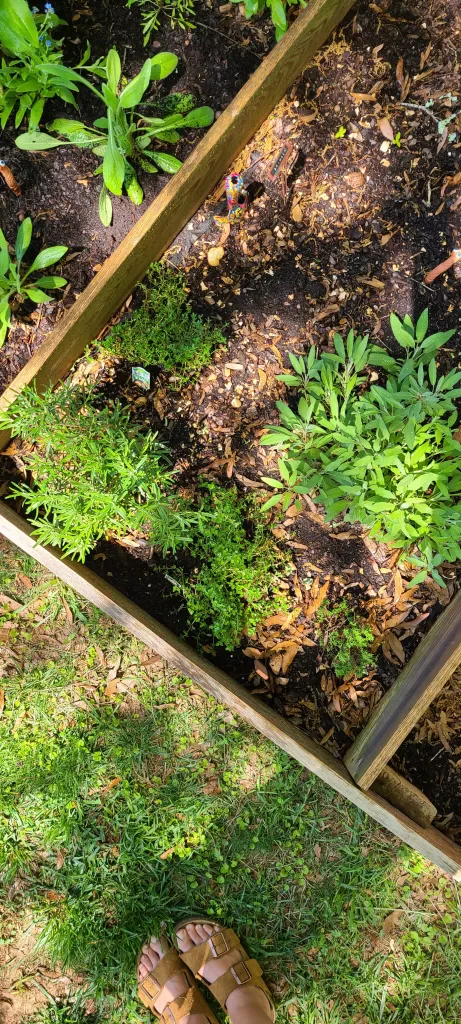
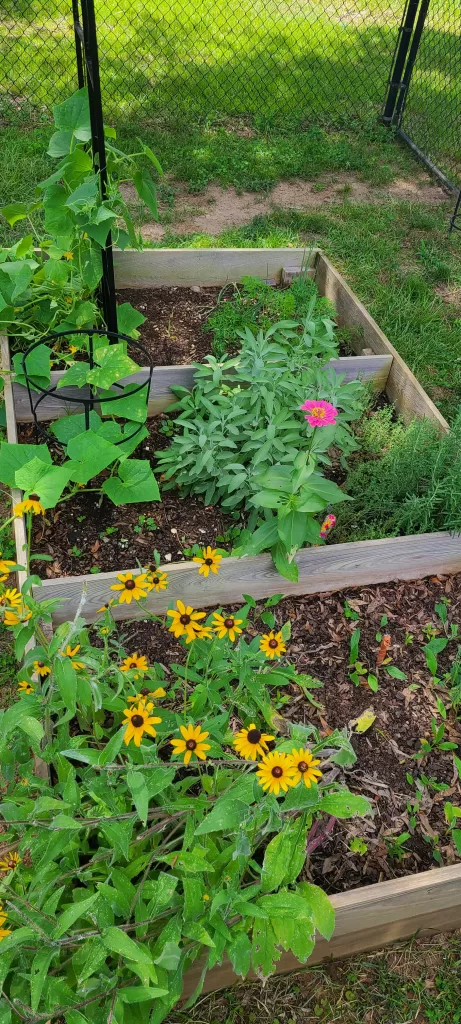

Initial Investment
Upfront costs can include bed kits or wood, hardware cloth or liner, and fill. Additional costs can include drip irrigation systems or soaker hoses.
The investment in a raised garden bed can vary depending on several factors, including the size of the bed, the materials used, and the level of customization you choose.
Evaluating the Investment of a Raised Garden Bed
- Materials: Materials can range widely depending on your choices. For example, I bought all new cedar for one of my garden beds, so it was quite expensive. For my smaller beds, I used wood I found on the curb for free.
- Size: The size of the bed will also impact the cost. Larger beds will obviously cost more than smaller ones.
- Labor: If you choose to hire a contractor to build the bed, this will add to the overall cost. If you opt to build it yourself, you will save on labor costs but will need to invest time and effort into the project.
- Customization: If you choose to add features such as built-in seating or a trellis, this will increase the overall cost.
- Soil and Plants: The cost of soil and plants will also add to the overall investment, as you will need to purchase these materials to fill the bed and start your garden. if you have a large space, I recommend getting a truckload of soil or compost instead of individual bags.
Overall, the investment in a raised garden bed will depend on your individual needs and budget, but the benefits and versatility of raised garden beds and higher yields can make it a worthwhile investment in the long run.

How do raised bed gardens benefit school gardens, and community gardens?
Raised bed gardens can offer many benefits to school and community gardens:
- Community gardens: Raised garden beds allow for efficient use of space, which is important in community gardens where space is often limited. Additionally, raised garden beds can be used to create accessible gardening areas for people of all ages and abilities.
- School gardens: Raised garden beds provide an opportunity to educate children about gardening and the environment. They allow for easy management and maintenance, and provide a space to grow fresh produce for school lunches, promoting healthy habits and supporting local agriculture.

Why would someone not want to use a raised garden bed?
- Cost: Raised garden beds may require an upfront investment in materials, such as rot-resistant wood, hardware cloth, or soil. This can make them a less affordable option for some gardeners.
- Labor: Building and maintaining a raised garden bed can be more physically demanding than traditional in-ground gardens. This may not be a good option for those with limited mobility or who are not able to do heavy lifting.
- Space: Raised garden beds take up more space than in-ground gardens, which could be a concern for those with limited garden space.
- Soil Drainage: Raised garden beds have really good drainage, but this means they can dry out too quickly and can require extra water usage.
- Pests: Some gardeners may find that raised garden beds are more susceptible to pests, such as rabbits and squirrels, because they are raised off the ground and may not have the same level of protection as in-ground gardens.
Try raised bed gardening at home!
Raised bed gardening is a great way to grow your own food, control pests, and improve soil health. Whether you have limited space or just want to try a new way of gardening, raised bed gardens offer a lot of benefits that can’t be beat!
Follow along my garden journey on Instagram!
Pin it for Later!
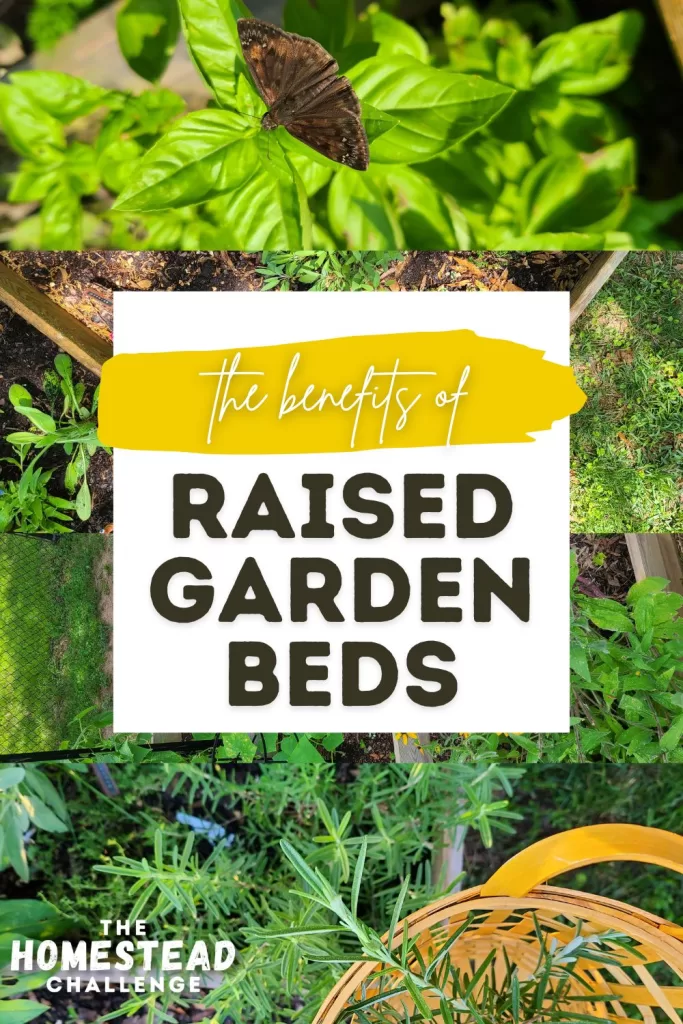
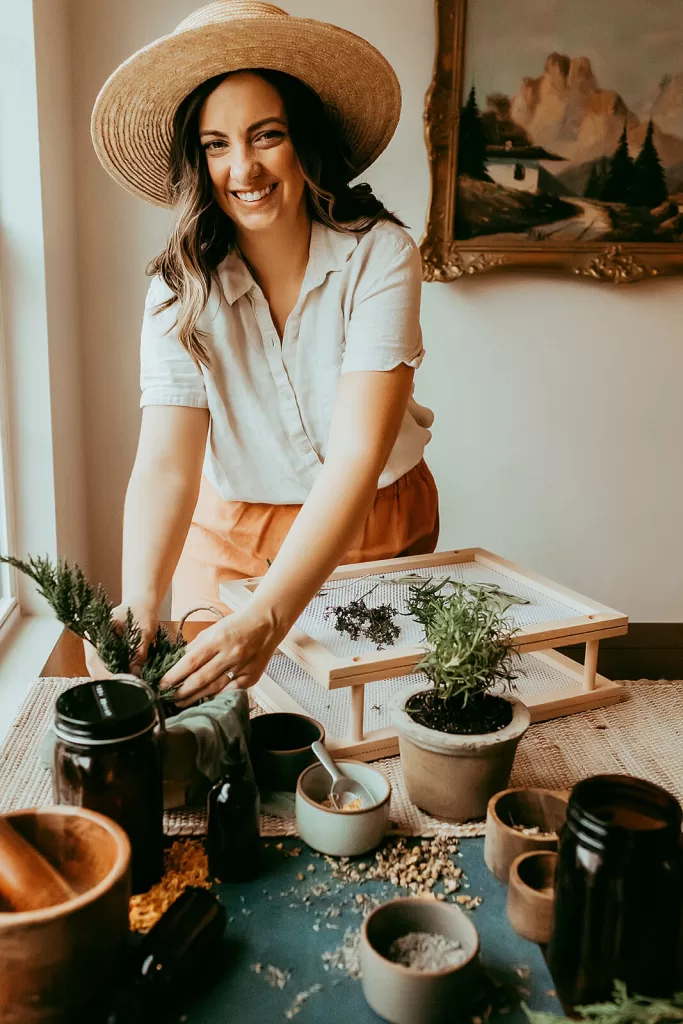
About the Author:
I’m Brittany, totally modern and mainstream turned crunchy mama!
Read more here about how I went from a totally incompetent cook and hyper-consumer to striving to live a more meaningful life from scratch.
I can’t wait to share my modern homesteading journey with you and I hope I inspire you to join along!


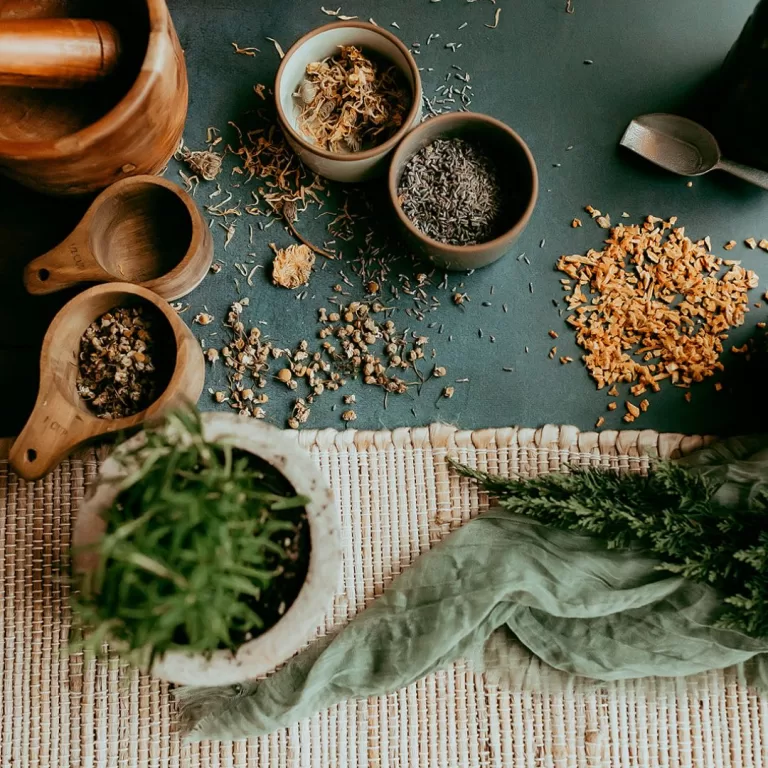

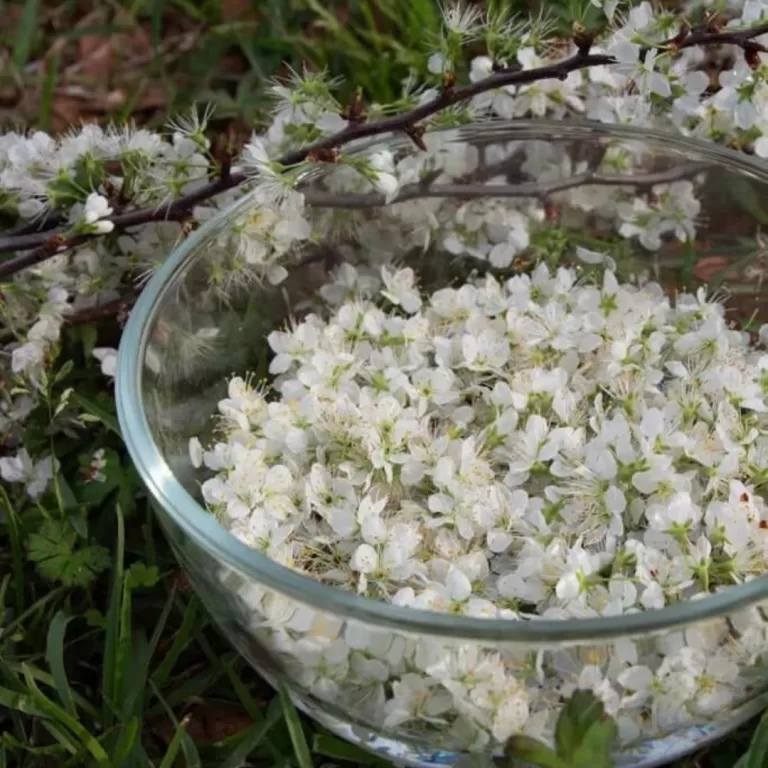
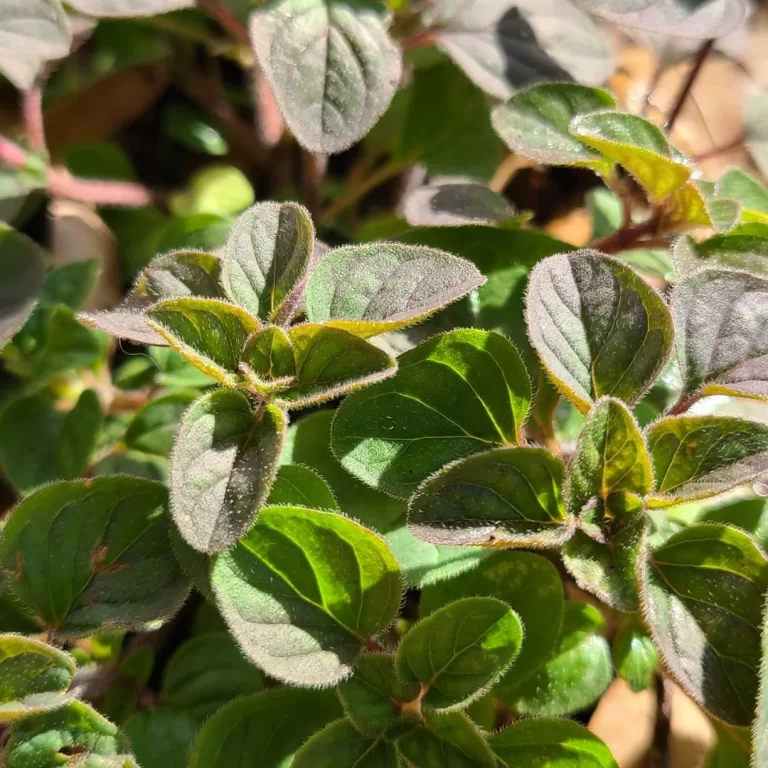
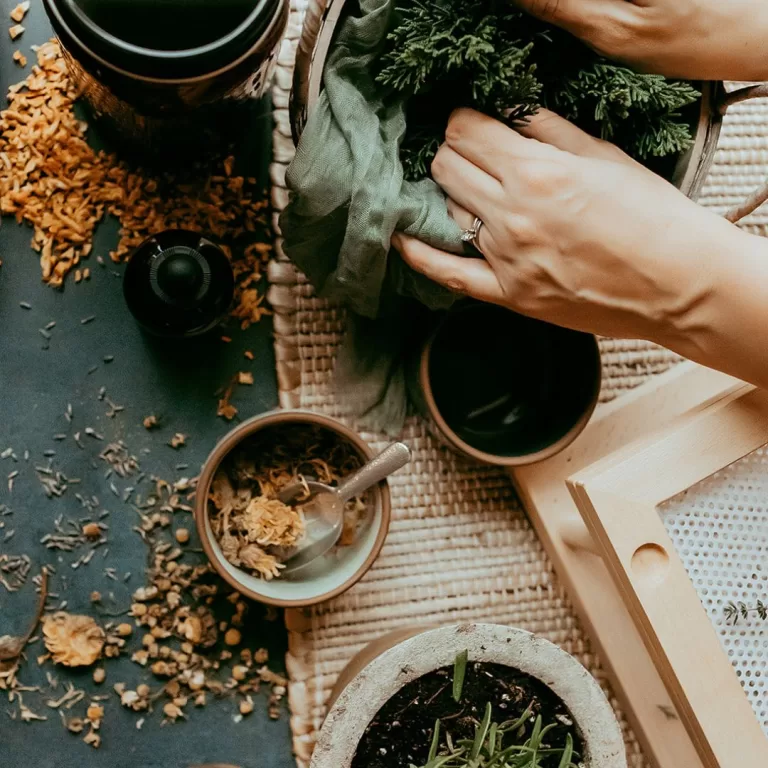
You convinced me! Going to get my husband to build me some raised beds this year.
SORRY NOT SORRY to your husband! hehe! You’ll love it!
I want to try raised garden beds this year, so this is a very helpful read.
You totally should! I have free plans with a shopping list and cut list for ya 😉
We put raised beds up at our old house and I was surprised at how much I enjoyed NOT having to bend down to weed and harvest! We also had a ton of really long carrots and loads of potatoes, which was great. Great post!
YES! SO nice! Haha. After I hit 30… these things become more necessary bahaha
I can’t wait to put raised beds in our backyard homestead this year. Thanks for the tips!
That is so exciting! I hope you love them!!
This is absolutely spectacular! I love everything about this post. I have had a pile of cedar waiting for me to make raised beds and now I’m excited to do it again. I really want to try garlic and onions… you need to pester me this year so I get on it. Love it.
DO IT! DO IT! You won’t regret it!
I’ve seen raised beds built on legs 4-6 inches off the ground rather than resting on the surface. Any thoughts on this design?
Yes! I think they are great. The pros are definitely that it is more accessible. Much less bending down. And you can put them on a porch or patio. The cons being that they are more expensive and are much smaller usually, so you wouldn’t be able to grow as much in one bed. In the future, I’ll probably do both! I would likely do herbs in the taller bed and things that need a trellis like cucumbers in the in-ground beds so it doesn’t get too tall for me.